Introduction
Once more, for old time’s sake. As you all know, Y’shaarj Hunter is one of my favorite decks of all time. Not only do I love the spell core of the deck, but there is also something awesome about going “oops, I win” on turn four. Maybe not the most fun and interactive thing of all time, but when it’s good, it is so fun to play. This week’s build is an updated version that hit rank 1 legend twice. That does not only mean the various cards are perfectly tweaked for the current meta, but that there are some really good choices here. Time flies faster than we mortals can catch it. Rotation is coming up sooner than you think, and I wanted to team up with the Old God one last time.
Key Cards
Tracking
There is quite simply no card that is harder to use in this deck than Tracking. The one mana spell may seem rather innocuous, but picking the correct card from the discover is almost always going to significantly impact whether you win or lose. A deck like this has many avenues to take at any given time, and that means you need to constantly adapt to the situation at hand. What if you get all three secrets? Which one do you take? What about if you get damage, removal, and a minion? Unless you get a snap-take (always keep Barnes if you see him) you have to take a moment to think about your tracking choice. The best way to do that is to look at all three cards, then look to your hand and the board to see how your turns are going to play out. Remember, the card you take is not necessarily the “best” card available. It is easy to get stars in your eyes, but there is nothing worse than passing up strong on-curve options and then dying because you were greedy. The only exception to that rule is when the game is going to go long and you need one of your legendary finishers. Those typically do take president over smaller options.
Wandering Monster
We talked about secrets as a whole on The New Standard last week, but today we need to discuss Wandering Monster. This card is incredibly powerful in this build because, as you have so little minions, your opponents are going to constantly trigger it for you. While the Barnes package is always nice, what makes this deck so strong is that it always has a way to win without the combo. In fact, you are rarely going to win games with the four drop into Y’Shaarj. Much more often, you are going to go the all-spells route and use damage or efficient minion generators to chip your opponent down. Monster is a great way to do that. While many people will see this coming, there is no way they can play around it. They either run in their early minion and hope that your three drop dies, or they sit back and give you time to set up your bigger plays. This is one of the best cards in your deck, and you want to always run it out for value.
The goal of this card, unless you’re trying to trade, is to get it to go off into a situation where the minion you summon is likely to live. Most three drops have at least three health, and that’s a good thing to plan for when calculating potential damage. If you can catch a one drop or a Druid/Rogue attack, you absolutely should. However, sometimes it can be right to hold back if your opponent has a strong early minion. While you never want to get greedy (don’t give up your curve) if you have the chance to tuck away monster for a better window, you should. Another thing to remember is that this card is a fantastic defensive tool that can be used to stop lethal. As Wandering Monster only triggers when your opponent goes after your face, putting it up when you’re afraid your opponent might have burst is a great way to ensure you don’t die.
Candleshot
Candleshot is one of the most interesting parts of this list because of how well it builds into your damage. One “free’ ping a turn over three turns has already proven to be solid in Midrange Hunter, but in a deck like this one it is truly special. Your biggest problem with this build (as evidenced by the double Explosive Traps) is hyper aggro lists. Paladin, Aggro Druid, and other Hunter decks are all quite prevalent on the ladder. This card is a great way to take down early cards or shut down synergy like Rallying Blade. You are not a control deck, but you often play control. That may sound confusing, but it is important to understand. You have high-end cards that allow you to outpace decks. Do not get too caught up in trying to make things happen when you can ping down some early cards and stretch out the game.
Always see this card as removal. Though in some other lists, including the All-Spell builds, Candleshot can work to apply pressure, removal is always going to come first. This card is strong early, but it is also a good way to finish off bigger threats without worrying about damage. In fact, depending on what you have, it can be right to simply hold onto shot to finish a big minion you can get down to one. Just because there is a 1/1 to kill doesn’t mean you have to kill it. A lot of the time it is correct, but not always. Note that the only exception to that rule is when you have a bow, or if you’re afraid of drawing bow. This balance is going to come from playing a few games, but you never want to waste pings. If you see a bow coming up, don’t be afraid to knock your opponent in the face.
Eaglehorn Bow
What makes a deck like this so amazing is the amount of ways it can win games. Combo decks often only have their combo and that’s it. However, this build has a wide range of different ways to win games outside of their combo. One such back-up plan is Eaglehorn Bow. This list runs six secrets, and there’s definitely room for seven. As a result, there are many ways to make sure this constantly ticks. As Hunter has shown many times in the past, all you need is five damage a turn to win the game. For that reason, you should treat this card as a finisher against every list that isn’t Warlock (they have too many taunts), which means be careful about when you use the last charge. I have seen people use their last bow charge countless times just because they want the damage immediately or they are tired of their opponent not attacking into their secret, but you never want to lose your rechargeable damage source.
However, do not be afraid to play Eaglehorn Bow as removal. Yes, damage is important, but like so many things in this deck, you have to be able to freely adapt on the fly. Sometimes you want to push to your finishing damage, but other times you have to be able to control the board. This is particularly important during turns three through five, as those are when your opponent can best get ahead of you. The bow is a tricky weapon to use. You always want charges, but you also want to pace your opponent and keep their minions off your back. Keeping multiple charges is great, but it’s not worth letting a 3/3 bash your face in over multiple turns.
Deathstalker Rexxar/Rhok’delar
Going off the “no combo” win condition, this deck has two gigantic finishers to lean on should the old god never show up. In the past, your back up plan was Call of the Wild. In fact, that plan was so important that once the eight mana spell got nerfed, the entire deck crumbled around it. Here, you do not have to worry about such issues because you have two extremely strong finishers in Rhok’delar and Deathstalker Rexxar. Rexxar has always been a great “get out of jail free” card for Hunter when they can’t draw their good things. If your draws are odd, or if you begin to run out of gas, you just start creating gigantic beasts. This plan should almost always come online turn six against slower decks or long games.
Each of these cards has a lot of power, but for entirely different reasons. Deathstalker Rexxar is a massively powerful card that both helps you out against aggro and slower control. The battlecry is great at cleaning up swarms, while the hero power will wear down just about any deck that wants to play the long game. The only thing you need to consider when making the switch is, how much damage are you going to need? Losing your hero power can be a big deal, and you only want to go into it when you’re sure that you want to finish the game with beasts and not burst. Rhok’delar on the other hand is all about damage. A hand of Hunter spells is almost always going to give you burn. Play the 4/2 anytime you need finishing burst or when your cards are low. Just note that the legendary bow only triggers when you have no minions in your deck. Don’t run this out before you’ve played Barnes or when you’re used Tracking to pull the Old God out of your deck.
Deck Code
AAECAYoWBoAHxQioqw KFuALp0gKG0wIMjQGoArUDyQSXCNsJ/gz4sQLd 0gLf0gLj0gLh4wIA
Matchups
The four decks I see the most while playing the ladder.
Control Warlock
Warlock bothering you? Play Hunter! It seems to me that Rexxar naturally counters Gul’dan, regardless of what either class plays. That once again holds up true here. Yes, Warlock does have all of their usual combo nonsense. And yes, infinite Voidlords are never going to be easy to beat. However, as long as you hit your early curve and make good use of your hero power, you should be able to win just about every game. Warlock’s new build is strong, but incredibly predictable. That means, even in games where you won’t magically roll a turn four win, you will have more than enough pressure to force them out. Use your secrets (especially Cat Trick) to build a board and then use that pressure in combination with your minion generators to set up a burst finisher. Just be aware that you want to use your weapon ticks before any 3/9 taunts come down on turn six.
Your win condition is often going to be either Rhok’delar or Deathstalker Rexxar. Kill Command is a great spell, but against a deck with as much removal as Warlock it is going to be tough to stick some beasts. Rather, you typically want the damage you’ll get from the legendary bow. A hand full of Hunter spells almost always means damage, and if you play your opening turns right you won’t need much to seal the deal. On the other hand, unless you are closing in on lethal and need your hero power, you should always switch to your death knight as soon as you possibly can. The big beast hero power will very quickly run your opponent down, and the sooner you can stitch beasts, the better.
Aggro Paladin
Coming right up at number two, Aggro Paladin continues to get more and more powerful by the day. While Murloc Paladin is good, Dude Paladin (which I’m not taking all the credit for) has become incredibly strong. Both of those decks (and this class) are the reason you have so many powerful anti-aggro early game tools. Explosive Trap is a great card in this game, but you don’t need to play it right away. If you can get value out of it on turn two or three, you should. However, a lot of the time you want to save it for Call to Arms if possible. The four mana spell is simply too strong to not plan for.
In addition, Wandering Monster is also fantastic here. Paladin loves small minions, and they will get crushed by the secret at any point. The only other rule is to watch your damage. Aggro Paladin can go wide extremely quickly, and then also love to build up off their board. If you blank or stutter, they are going to punish you for it. To counteract that, you need to be aggressive with the way you clear the board. This game is typically going to be all about removal, where you take the slower route. Beyond Explosive Trap, you also have Unleash the Hounds and Deathstalker Rexxar to pick off small minions. Use all of those resources to make sure your opponent never manages to leverage an early push. From there, you just want to wear down their hand until you draw into one of your big finishers.
Hunter
Ah, the good old mirror match. And by mirror match I mean, get ready to take on secrets. It is well known by now that Hunter has come back, and in that time it has made quite the splash. The current builds, like this one, start off with a bunch of cheap spells that cement the board. Then they branch out into either midrange styles or the big deathrattle package I covered last week. Whatever the type you’re up against, the plan is going to be the same. You want to get ahead of your opponent. That is not something that is easy to do with this list, but it can happen as long as you carefully plan your secrets and stagger your removal in a way where your opponent cannot easily build from turn to turn. Whenever you have a chance to get something onto the board, you should.
I would say that Hunter is one of the toughest matchups simply because of the fact that, even if you pace them like you want to, they can still suddenly burst ahead of you in a way that is tough to handle. Savannah Highmane is a nightmare (as usual) and that is especially true for this list (which runs no silence). The golden rule of this game is to get out your Lesser Emerald Spellstone down before your opponent can play theirs. Not an easy task, but one that is doable. Not only is the five drop a great way to threaten damage, it also makes it so your opponent needs to think twice before playing their lion. That is really all you need.
Secret Mage
Secret Mage still holds down the number four spot with pride. This game should be focused on keeping away from your opponent’s burn and doing everything it takes to mitigate damage. Even one unanswered threat can lead to a fast lethal, and you have no way of dealing with a flurry of burn spells. The way to win this game is to play around early secrets and then move up as quickly as you can. Some games you can pace slow, and some games you absolutely need to be the aggressor. This is one such game because Jaina will jump all over any type of complacency. You cannot afford to take a turn off. Be on your guard at all times and do everything in your power to shut down your opponent’s push. Also, your game plan needs to really speed up at turn six. Aluneth is still terrifying, and you will lose to it in a matter of turns. Once your opponent equips the weapon you need to be liberal with your damage and hyper focus on going face. It is ok to telegraph your plays at this point in the game because your opponent has already telegraphed theirs.
Mulligan Guide
Mulliganing with this deck is tricky because there is only one rule: keep Barnes. There are a few exceptions around that, but every single game you want to look for the four drop and Tracking. The only other cards you want to look at are your secrets. Keeping one or two should be good any time you’re playing aggressive builds (Explosive Trap is amazing against Paladin) and sometimes Candleshot is also a good way to fight Uther. Flare is also great against Mage and Hunter.
Conclusion
Man, this brings me back. I love Y’shaarj, Rage Unbound and I’m glad we got to spend some time together before the old rotation comes. This deck is one of my favorite builds ever, and I took it to legend on two separate occasions. And that was back in a stronger meta. It has plenty of pieces now, and a range of different finishers that help you adapt to every situation. I love me some versatility, especially in combo decks. This list as the complete package. I hope you enjoy it as much as I do. Until next time, may you always roll the turn four 14/15.


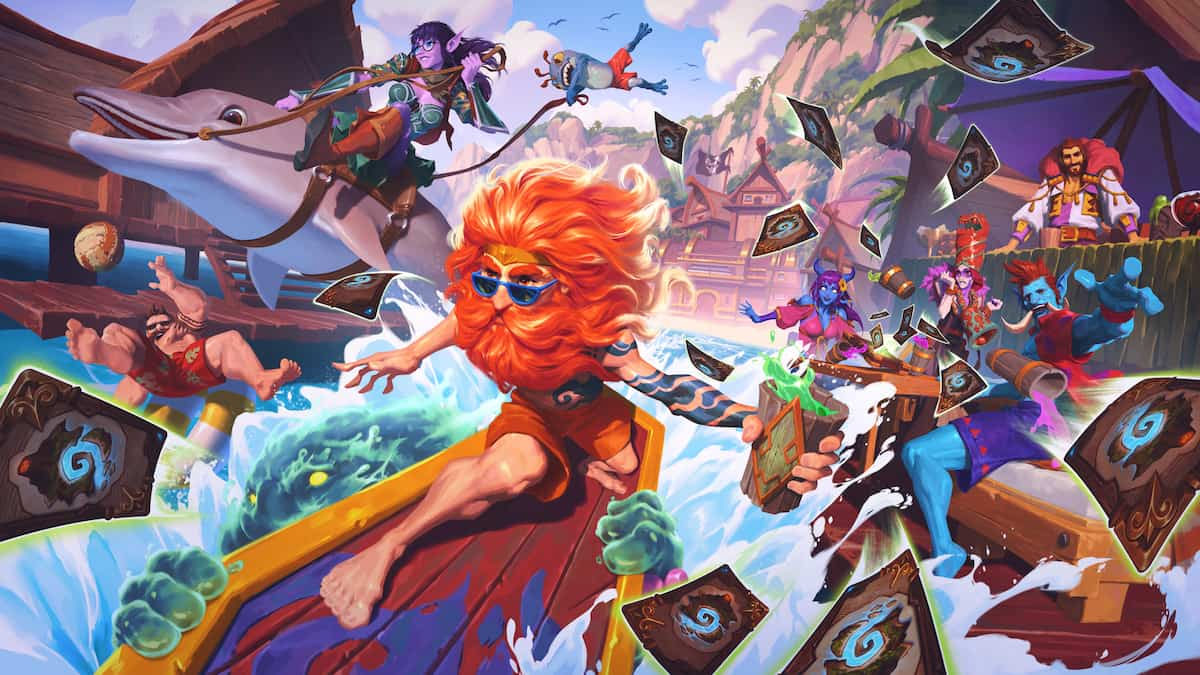
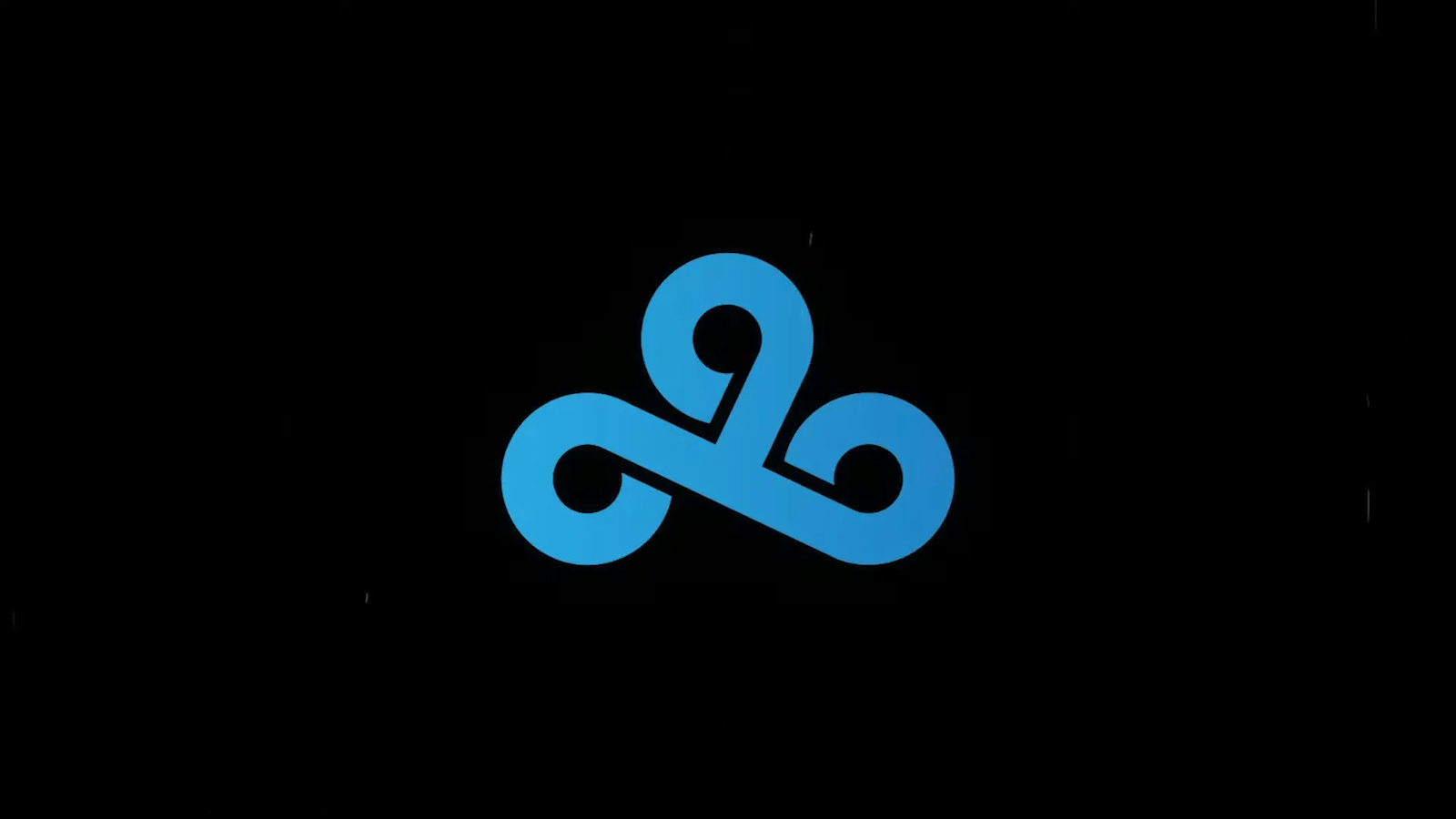

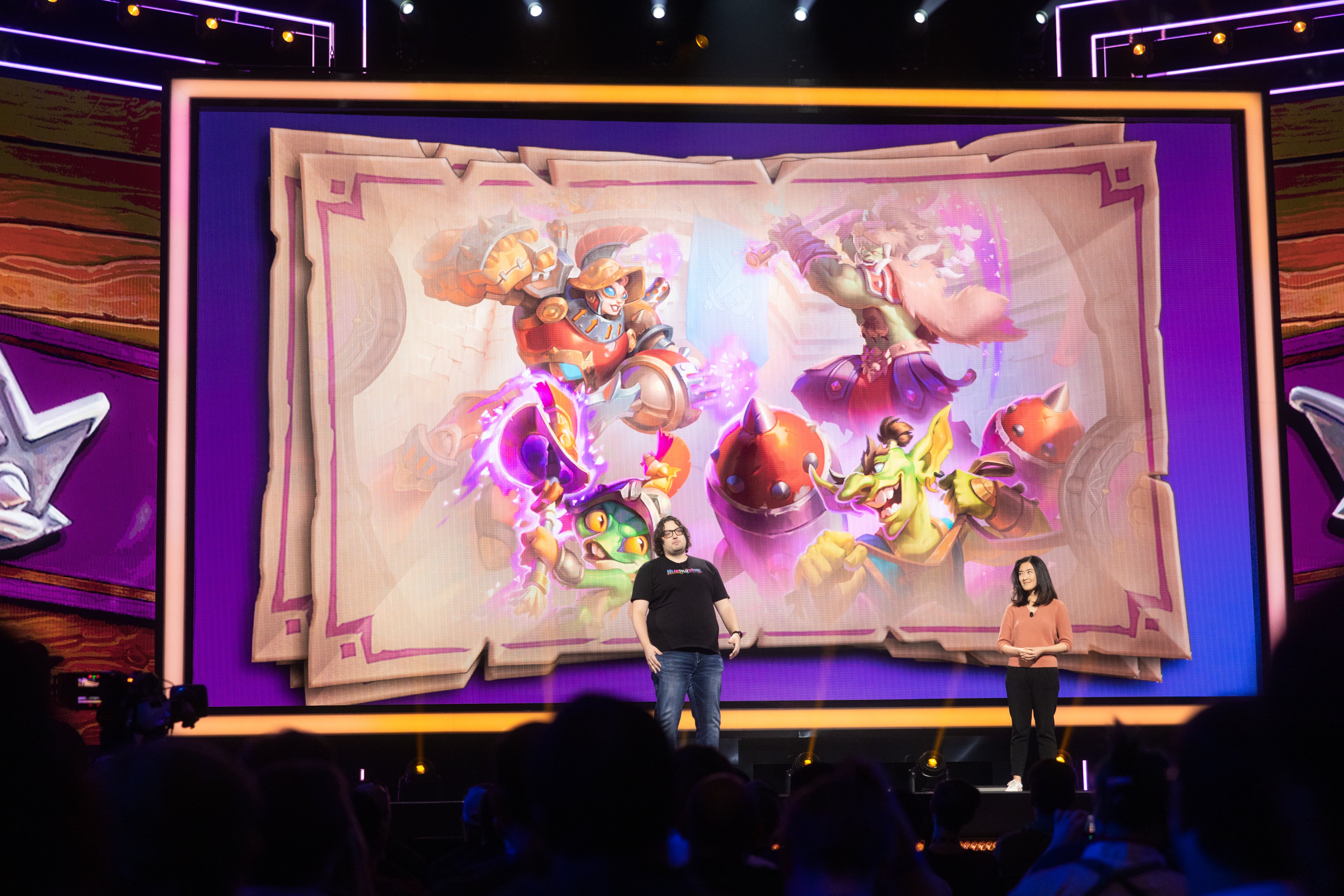
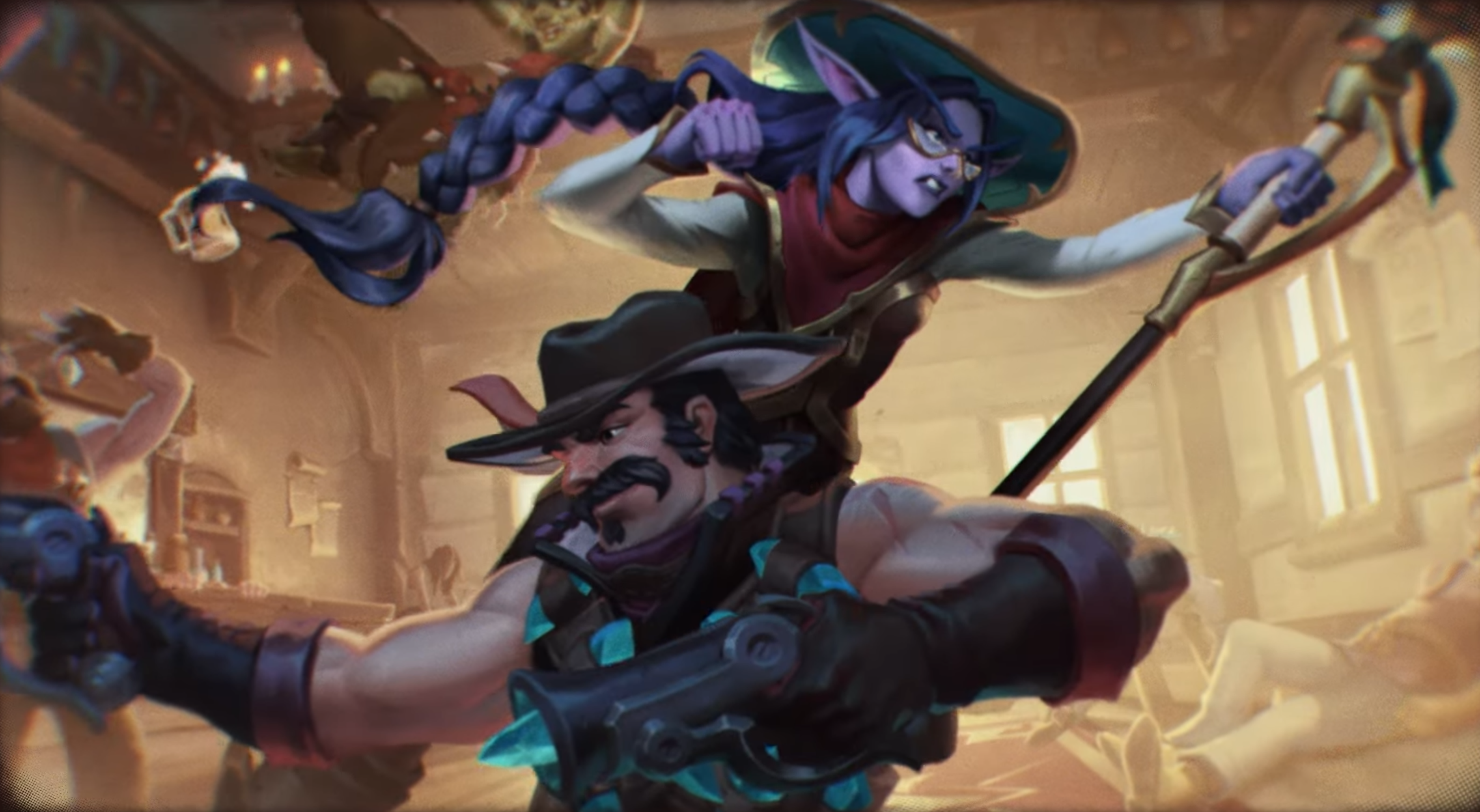
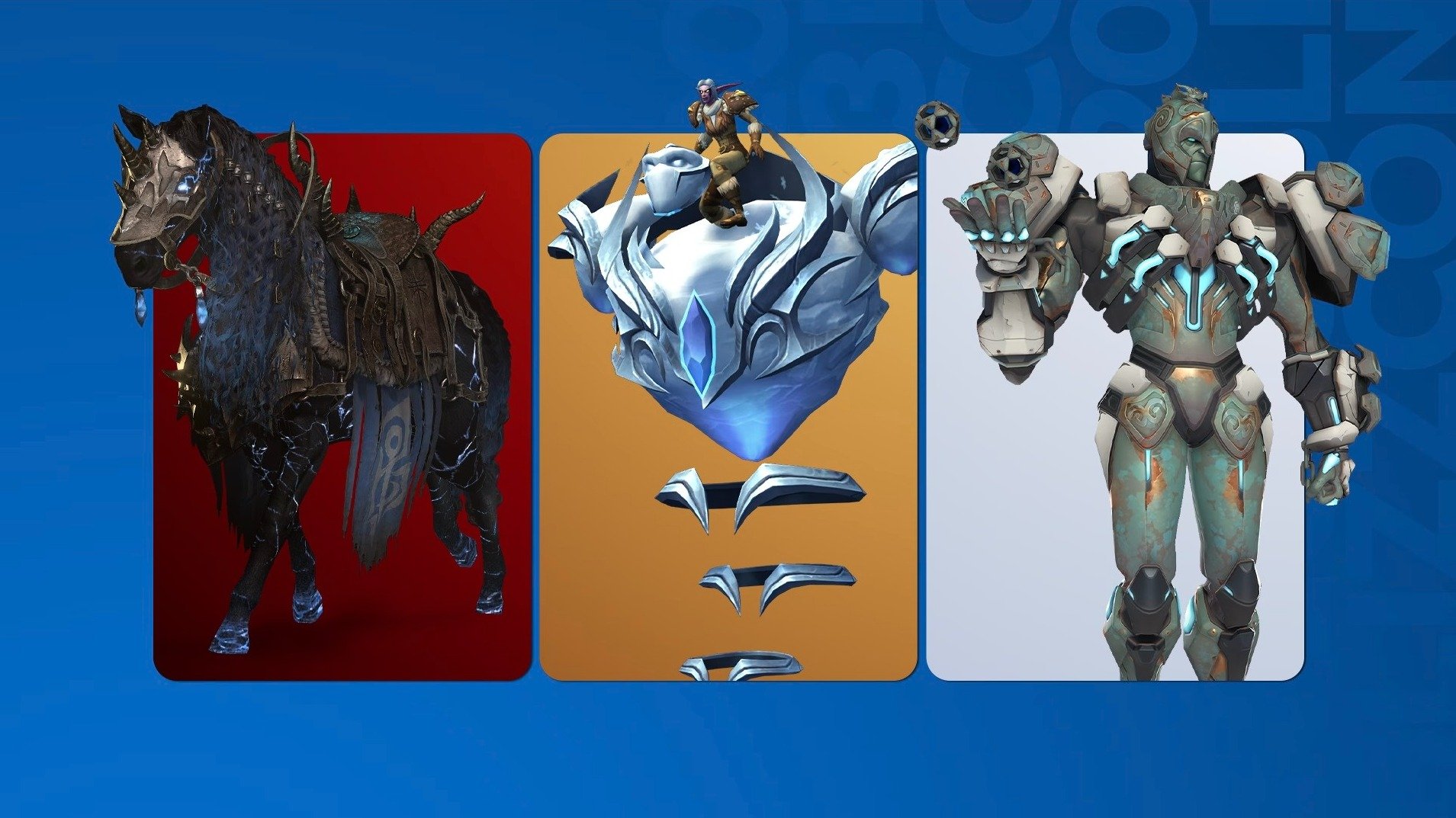
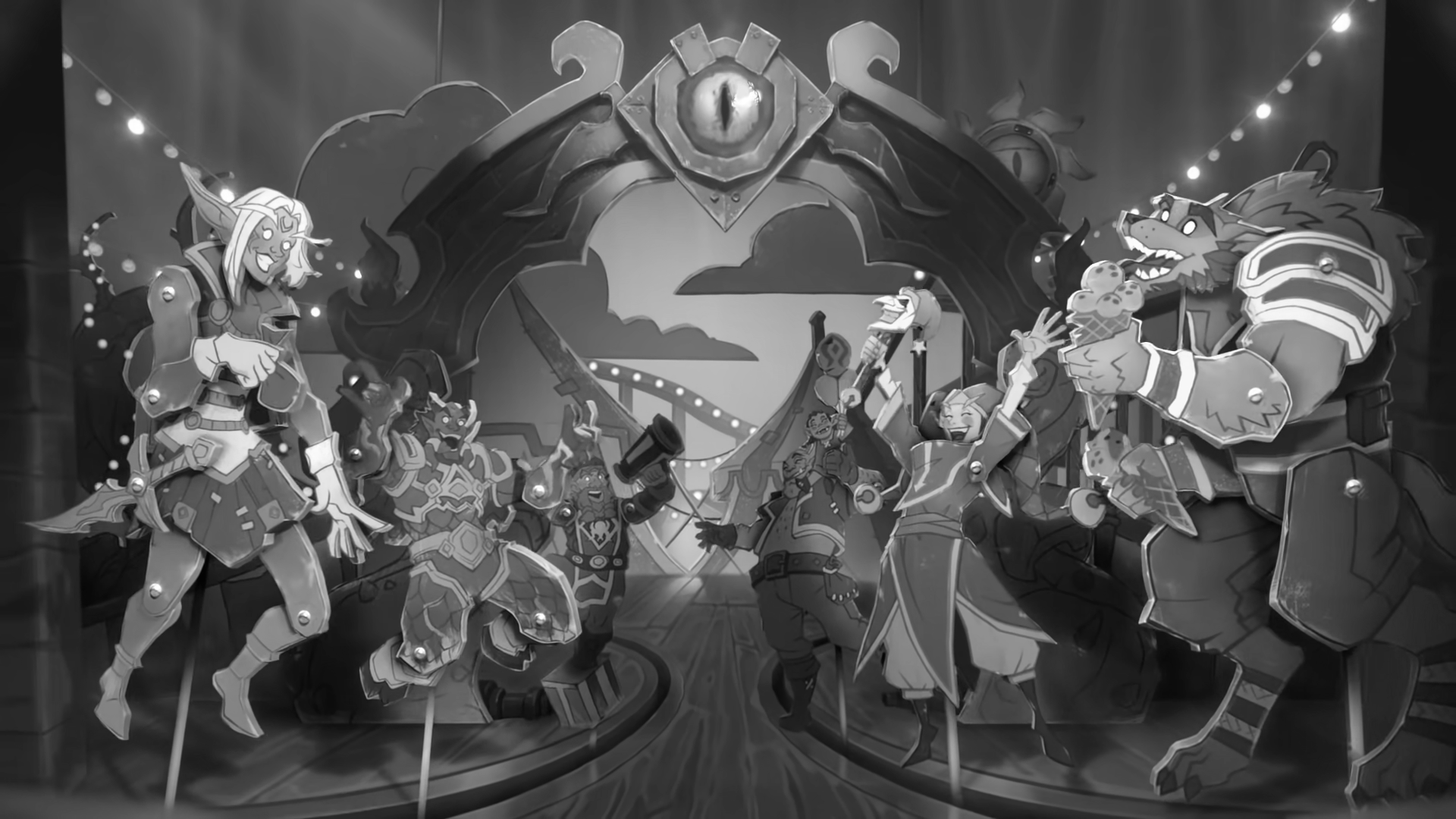
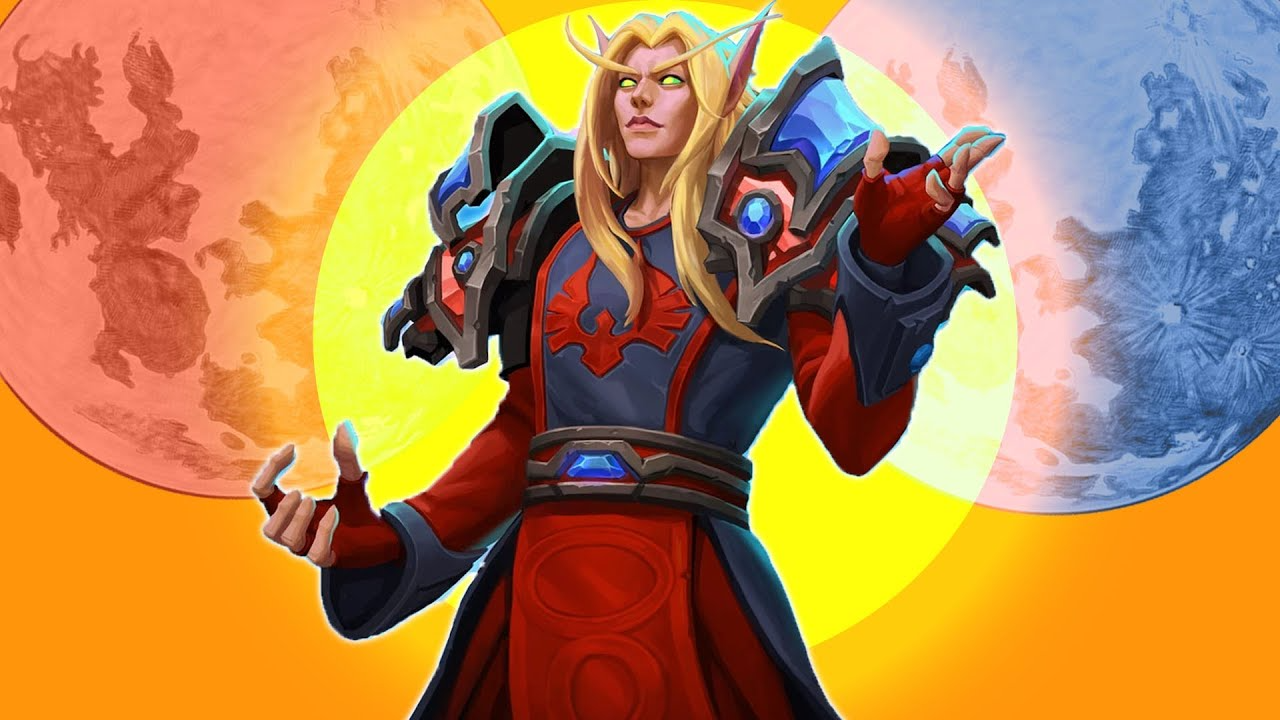

Published: Feb 26, 2018 12:57 pm